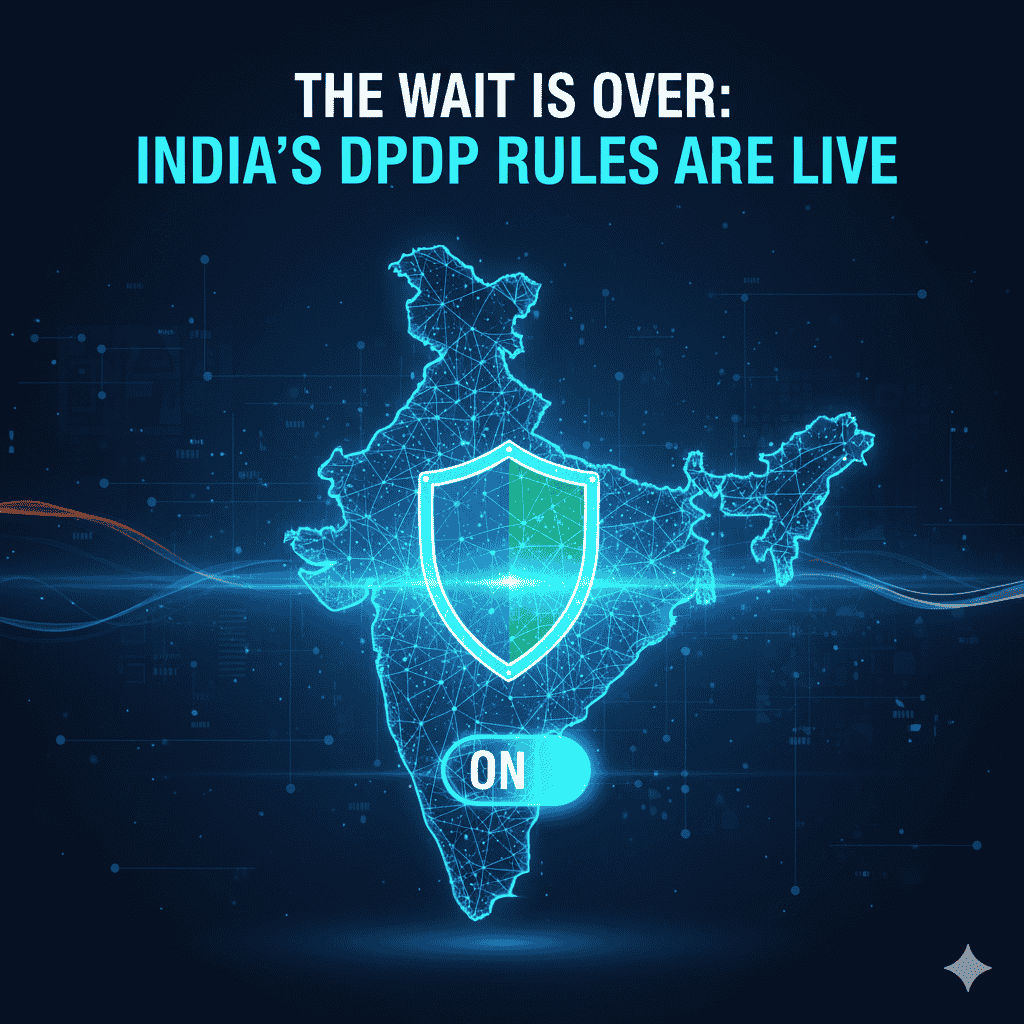In today’s digital landscape, integrating consent management into digital marketing strategies is not just a compliance requirement but also a key component for building trust with consumers. With regulations like the General Data Protection Regulation (GDPR) and the California Consumer Privacy Act (CCPA) demanding transparency and user control over personal data, businesses must adapt. Here are best practices and strategies for effectively integrating consent management into your digital marketing efforts.
Understanding Consent Management
Consent management refers to the processes and technologies that help organizations obtain, record, and manage user consent regarding their data collection and usage practices. This includes:
- Informed Consent: Clearly explaining what personal data is being collected, why it’s collected, and how it will be used.
- Granular Controls: Allowing users to specify their preferences for different types of data usage (e.g., marketing emails, targeted ads).
- Easy Opt-Out Options: Providing straightforward avenues for users to withdraw consent at any time.
Best Practices for Integration
1. Prioritize Transparency
Clear Communication: Create simple, jargon-free privacy policies. Use plain language to inform users about data usage and rights.
Visible Consent Requests: Display consent requests prominently. Avoid burying them in lengthy terms and conditions.
2. Utilize Granular Consent
Segment Choices: Allow users to opt in or out of various data uses. For instance, separate consent for promotional emails, data sharing with third parties, and personalized advertising.
Tailor Requests: Customize consent messages based on user behavior and preferences. This approach makes consent requests more relevant and effective.
3. Use Robust Consent Management Platforms (CMPs)
Centralized Management: Implement a CMP that allows you to manage user consent across all marketing channels. This way, you can track user preferences more efficiently.
Automatic Updates: Choose a CMP that updates consent records automatically in compliance with regulations, ensuring you can react swiftly to changes in regulations.
4. Educate Your Team
Training on Compliance: Regularly train your marketing and compliance teams about data protection regulations and consent practices.
Data-Driven Culture: Foster a culture that values privacy and compliance, where employees understand the importance of user trust and ethical data usage.
5. Regularly Review and Update Consent Mechanisms
Ongoing Audits: Periodically assess your consent management practices to ensure they meet regulatory standards and customer expectations.
Feedback Mechanism: Encourage user feedback on consent processes. Adapt your strategies based on insights to improve user experience.
Effective Strategies for Digital Marketing Integration
1. Align Marketing and Compliance Teams
Collaboration: Foster communication between marketing and legal/compliance teams. This collaboration ensures that marketing campaigns are not only appealing but also compliant with consent laws.
2. Leverage Technology
Automation Tools: Use marketing automation tools that integrate consent management features. This can streamline the process of obtaining and managing consent.
Analytics: Employ analytics tools to monitor user interaction with consent requests. Analyze data to understand patterns and preferences to refine strategies.
3. Create Engaging Content
Value Proposition: Communicate the value users receive in exchange for sharing their data. This can take the form of personalized content, discounts, or exclusive access.
Educative Content: Create content that educates users about their data rights and how their data will be used, contributing to a more informed audience.
4. Monitor and Adapt to Regulatory Changes
Stay Informed: Keep abreast of any changes in data protection laws and adjust your consent management strategies accordingly.
Advocacy for Best Practices: Participate in industry groups or forums that focus on best practices in consent management and data protection.
Conclusion
Integrating consent management with digital marketing is crucial in building a trustworthy brand in today’s data-driven age. By prioritizing transparency, utilizing granular consent options, leveraging technology, and fostering collaboration between teams, businesses can effectively navigate the complexities of data protection regulations. When implemented effectively, consent management not only ensures compliance but also enhances customer relationships and loyalty, ultimately driving business success.








